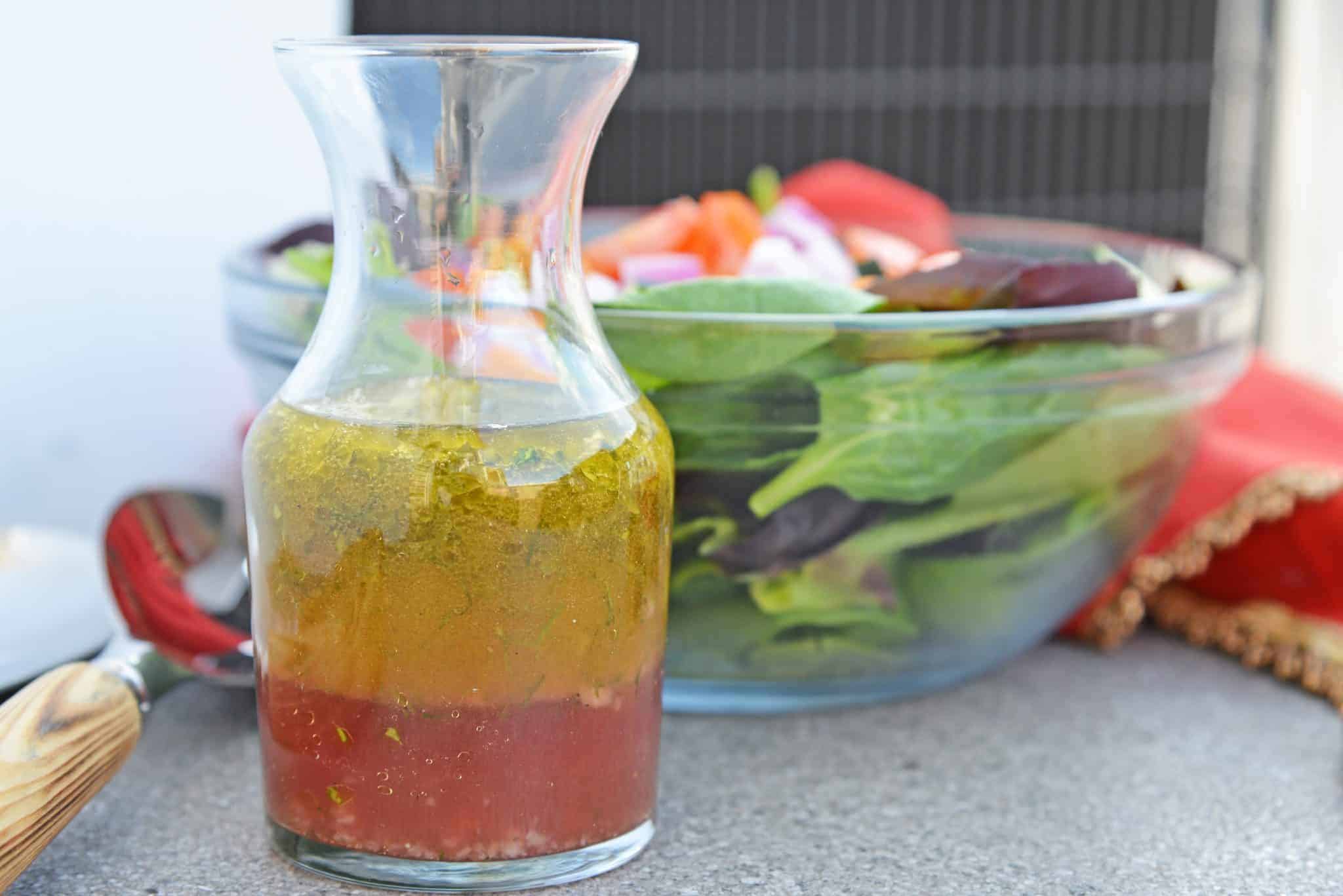

Articles
How To Store Homemade Vinaigrette
Modified: January 6, 2024
Discover the best way to store your homemade vinaigrette with our informative articles. Keep your dressing fresh and flavorful for longer with these helpful tips.
(Many of the links in this article redirect to a specific reviewed product. Your purchase of these products through affiliate links helps to generate commission for Storables.com, at no extra cost. Learn more)
Introduction
Welcome to the world of homemade vinaigrettes! If you’ve ever had the pleasure of tasting a freshly made vinaigrette, you know that it can transform an ordinary salad into an extraordinary culinary experience. Not only do homemade vinaigrettes offer a vibrant and complex flavor profile, but they also allow you to control the quality and freshness of the ingredients used.
In this article, we will explore the art of storing homemade vinaigrettes. Whether you make a large batch or a small portion, proper storage is key to maintaining the flavor and integrity of your homemade dressing. We’ll cover the importance of using the right ingredients, the equipment needed for storage, and the best methods for both short-term and long-term storage.
So why settle for store-bought vinaigrettes with artificial preservatives and bland flavor when you can easily whip up your own delicious creations? Let’s dive in and discover the secrets to properly storing homemade vinaigrette.
Key Takeaways:
- Elevate your meals with homemade vinaigrettes by controlling ingredients, customizing flavors, and reducing reliance on store-bought dressings. Proper storage in airtight containers and refrigeration ensures freshness and longevity.
- Embrace the creativity of homemade vinaigrettes to transform ordinary salads into culinary masterpieces. Choose high-quality ingredients, experiment with flavors, and utilize proper storage techniques to enjoy delicious and healthy dressings for weeks or even months.
Read more: How To Store Homemade Soup
Why Homemade Vinaigrette?
Store-bought vinaigrettes may offer convenience, but they often come with a laundry list of artificial additives, preservatives, and high levels of sodium. Homemade vinaigrettes, on the other hand, give you complete control over the ingredients used, allowing you to create a healthier and more flavorful dressing.
One of the key advantages of making your own vinaigrette is the ability to customize the flavors to your liking. You can experiment with different types of vinegar, such as balsamic, red wine, or apple cider vinegar, and adjust the amount of acidity to suit your taste. You can also play around with various herbs, spices, and other flavorings to create a dressing that complements your favorite ingredients and dishes.
When you make vinaigrette from scratch, you can ensure that you are using high-quality ingredients. You can choose to use extra virgin olive oil, a heart-healthy oil that is rich in monounsaturated fats and antioxidants. By selecting fresh and organic ingredients, you can avoid the unnecessary additives and chemicals often found in commercial dressings.
Not only is homemade vinaigrette better for your health, but it also allows you to reduce waste. Instead of buying single-use plastic bottles of dressing, you can make your own in bulk and store it in reusable containers. This not only saves money in the long run but also reduces your carbon footprint.
Lastly, making your own vinaigrette can be a rewarding and creative experience. It gives you the opportunity to experiment with different flavor combinations, discover your own signature dressing, and impress your friends and family with your culinary skills. So why settle for mass-produced dressings when you can enjoy the freshness and creativity of homemade vinaigrettes?
Choosing the Right Ingredients
When it comes to making homemade vinaigrette, the quality of the ingredients you use can make a significant difference in the final flavor and texture of your dressing. Here are some key considerations when choosing the ingredients for your vinaigrette:
- Oils: The base of any vinaigrette is oil. Extra virgin olive oil is a popular choice due to its rich flavor and health benefits. However, you can also use other oils such as avocado oil, grape seed oil, or even sesame oil for a unique twist.
- Vinegar: Vinegar adds acidity and tang to your dressing. Popular choices include balsamic vinegar, red wine vinegar, white wine vinegar, or apple cider vinegar. Experiment with different vinegars to find your preferred taste.
- Acid: Aside from vinegar, you can also add other acidic ingredients like lemon juice or lime juice to brighten up your vinaigrette. Use them sparingly to avoid overpowering the other flavors.
- Seasonings: Herbs, spices, and other seasonings can elevate the flavor of your vinaigrette. Consider adding ingredients like garlic, Dijon mustard, honey, fresh herbs (such as basil, thyme, or cilantro), or spices (such as paprika or cumin).
- Salt and Pepper: Don’t forget to season your vinaigrette with salt and pepper to taste. A pinch of salt helps to balance the flavors and enhance the other ingredients.
Remember, the key to a great vinaigrette is finding the right balance of flavors. Start with small quantities of each ingredient, taste as you go, and adjust according to your preferences. Don’t be afraid to get creative and experiment with different ingredient combinations to create your own unique vinaigrette.
Equipment Needed for Storage
Proper storage of homemade vinaigrette is essential to maintain its freshness and flavor. Here are some essential equipment and containers you will need:
- Glass Jars: Glass jars are an excellent choice for storing vinaigrette due to their non-reactive nature and ability to maintain the flavor of the dressing. Look for jars with airtight lids to prevent air from entering and spoiling the vinaigrette. Mason jars or repurposed glass jars from store-bought sauces or condiments work well.
- Plastic Containers: If you prefer using plastic containers, look for high-quality containers that are specifically designed for food storage. Make sure they have a tight-fitting lid to prevent leakage and maintain the freshness of the vinaigrette.
- Bottles with Pour Spouts: If you want to create a more professional and elegant presentation, consider using bottles with pour spouts. These are perfect for serving vinaigrette directly onto salads or other dishes. Look for bottles with airtight seals to prevent oxidation.
- Labels and Permanent Markers: To keep track of the date of preparation and ingredients used, it’s a good idea to label your containers. Use permanent markers or labels that adhere well to the storage containers.
- Funnel: A funnel is a useful tool to help you transfer the vinaigrette from the mixing bowl or container into the storage jars or bottles without making a mess.
It’s worth noting that regardless of the type of container you use, make sure it is clean and dry before transferring the vinaigrette. Any moisture or residue can affect the quality and shelf life of the dressing.
By having these essential equipment and containers on hand, you’ll be well-prepared to store your homemade vinaigrette and keep it fresh for as long as possible.
Proper Storage Temperature
The temperature at which you store your homemade vinaigrette plays a crucial role in maintaining its quality and prolonging its shelf life. It’s important to keep the vinaigrette at a cool temperature to prevent the growth of bacteria and maintain its fresh flavor.
The ideal temperature for storing vinaigrette is between 40°F (4°C) and 45°F (7°C). At this temperature range, the growth of bacteria and other microorganisms is slowed down, helping to preserve the quality and safety of the dressing.
If possible, store your vinaigrette in the refrigerator. The cool temperature of the fridge helps to maintain the freshness and flavor of the dressing for a longer period. It also helps to slow down the oxidation process, preventing the oil from going rancid.
When placing the vinaigrette in the refrigerator, be sure to keep it in a sealed container. The airtight seal will prevent the absorption of any odors from other foods in the fridge and protect the vinaigrette from contamination.
If you’re in a rush and need to quickly chill your vinaigrette, you can place it in the freezer for a short period. However, keep in mind that leaving it in the freezer for too long may affect the texture and consistency of the dressing.
It’s important to note that if you plan to store the vinaigrette at room temperature, it should only be done for a short duration, such as during a meal or when you need it readily accessible. Leaving the vinaigrette at room temperature for an extended period can increase the risk of bacterial growth and spoilage.
By storing your homemade vinaigrette at the proper temperature, you can ensure its freshness and enjoy its optimal flavor for an extended period.
Read more: How To Store Homemade Boba
Storing in Glass Jars
Glass jars are an excellent option for storing homemade vinaigrette due to their ability to maintain the freshness and flavors of the dressing. Follow these steps to properly store your vinaigrette in glass jars:
- Choose the right size jar based on the quantity of vinaigrette you have. It’s best to use jars that are just slightly larger than the amount of dressing to minimize air exposure.
- Ensure the jars are clean and completely dry before filling them with vinaigrette. Any moisture or residue can impact the quality and shelf life of the dressing.
- Using a funnel, carefully transfer the vinaigrette from the mixing bowl or container into the glass jars. Fill the jars, leaving about 1/2 inch of headspace at the top to allow for expansion when freezing.
- Seal the jars tightly with their lids. Make sure the lids are clean and free from any debris or moisture to maintain an airtight seal.
- Label each jar with the date of preparation and the type of vinaigrette to keep track of the freshness and flavor profiles.
- Store the glass jars of vinaigrette in the refrigerator, ideally at a temperature between 40°F (4°C) and 45°F (7°C). The cool temperature will help preserve the quality of the dressing and extend its shelf life.
- Before each use, give the jar a gentle shake to ensure the ingredients are well incorporated, as some separation may occur over time.
When stored properly in glass jars, homemade vinaigrettes can typically last in the refrigerator for up to two weeks. However, always use your senses to determine if the vinaigrette is still fresh and safe to consume. If you notice any signs of spoilage, such as mold, off-putting odor, or unusual color, it’s best to discard the vinaigrette.
Remember to store the vinaigrette in the refrigerator when not in use, as exposure to heat or room temperature can reduce its shelf life. By following these guidelines, you can enjoy your homemade vinaigrette for several delicious meals.
Store homemade vinaigrette in a glass jar with a tight-fitting lid in the refrigerator. It can last for up to 2 weeks. Before using, let it come to room temperature and shake well to re-emulsify.
Storing in Plastic Containers
If you prefer using plastic containers for storing your homemade vinaigrette, follow these steps to ensure proper storage and freshness:
- Choose high-quality food-grade plastic containers specifically designed for food storage. Look for containers that are BPA-free and have airtight lids to prevent air, moisture, and odors from entering.
- Ensure the plastic containers are clean and dry before transferring the vinaigrette. Any residue or moisture can affect the quality and shelf life of the dressing.
- Using a funnel, carefully pour the vinaigrette into the plastic containers. Fill them, leaving about 1/2 inch of headspace to allow for expansion in the freezer if you plan to freeze the dressing.
- Securely seal the lids on the containers to create an airtight seal. Make sure the lids are clean and free from any debris or moisture to maintain freshness.
- Label each container with the date of preparation and the type of vinaigrette. This will help you keep track of the freshness and flavors of each batch.
- Place the containers of vinaigrette in the refrigerator, ideally in the temperature range of 40°F (4°C) to 45°F (7°C). Storing the dressing in the fridge helps maintain its freshness and extends its shelf life.
- Give the container a gentle shake before each use to mix the ingredients together, as separation may occur over time.
It’s important to note that plastic containers are not recommended for long-term storage of vinaigrette, especially if you plan to keep it for more than a couple of weeks. The porous nature of plastic can lead to the absorption of odors and flavors from other foods in the fridge, which may affect the taste of the dressing.
For longer-term storage, it is advisable to use glass jars or consider freezing the vinaigrette in portions to maintain its quality and flavor. Freezing vinaigrette can extend its shelf life by several months but may slightly impact the texture and consistency of the dressing.
By following these guidelines, you can store your homemade vinaigrette in plastic containers and enjoy its freshness and flavors for a reasonable period.
Freezing Homemade Vinaigrette
If you have made a larger batch of homemade vinaigrette that you want to keep for an extended period, freezing is a great option. Freezing helps to preserve the freshness and flavors of the dressing. Here’s how to freeze your homemade vinaigrette properly:
- Ensure the vinaigrette is completely cooled before freezing. Hot or warm vinaigrette can create condensation inside the container, leading to freezer burn and a loss of quality.
- Divide the vinaigrette into smaller portions based on your needs. Freezing in smaller portions allows for easier thawing and avoids unnecessary waste.
- Transfer the vinaigrette into freezer-safe containers or freezer bags. Ensure the containers or bags are airtight to prevent freezer burn and maintain the quality of the dressing.
- Leave about 1/2 inch of headspace in the containers or bags to allow for expansion as the vinaigrette freezes.
- Label each container or bag with the date of preparation and the type of vinaigrette.
- Place the containers or bags in the freezer, ideally in a flat position to maximize storage space and prevent leakage.
Frozen vinaigrette can typically be stored for up to three months without significant loss in quality. However, for the best flavor and texture, it’s recommended to use the frozen vinaigrette within the first two months.
It’s important to note that freezing may slightly alter the texture of the vinaigrette. After thawing, the ingredients may separate, and the texture may become less creamy or emulsified. To remedy this, simply give the thawed vinaigrette a good whisk or shake to reintegrate the ingredients before using.
When you’re ready to use the frozen vinaigrette, thaw it in the refrigerator overnight or place the container or bag in a bowl of cold water to expedite the thawing process. Avoid thawing at room temperature, as this can increase the risk of bacterial growth.
Once thawed, the vinaigrette should be used within a few days. Do not refreeze previously frozen vinaigrette, as this can impact the texture and quality.
By following these freezing guidelines, you can preserve your homemade vinaigrette for an extended period and enjoy its flavors whenever needed.
Thawing and Using Frozen Vinaigrette
Thawing frozen vinaigrette properly is crucial to maintain its flavors and ensure a smooth, creamy texture. Here are the steps to thaw and use your frozen vinaigrette:
- Remove the frozen vinaigrette from the freezer and place it in the refrigerator. Allow it to thaw slowly and evenly overnight or for several hours. Thawing in the refrigerator helps to maintain the quality of the vinaigrette.
- If you’re short on time and need to thaw the vinaigrette more quickly, you can place the container or bag in a bowl of cold water. Change the water every 30 minutes to ensure that it remains cold. This method can expedite the thawing process, but it’s essential to monitor the vinaigrette to prevent it from becoming too warm.
- Once the vinaigrette is thawed, give it a good whisk or shake to blend the ingredients back together. Freezing may cause some separation, but a quick mix will help restore its creamy texture.
- Taste the vinaigrette to ensure it still retains its flavors. If needed, you can adjust the seasonings by adding a touch of vinegar, salt, pepper, or other desired ingredients to freshen up the dressing.
- Use the thawed vinaigrette within a few days to enjoy the best flavors and quality. Do not refreeze previously thawed vinaigrette, as this can affect the texture and taste.
Now that your vinaigrette is thawed, you can use it in various ways. Drizzle it over a crisp salad, use it as a marinade for grilled vegetables or meats, or incorporate it into pasta salads or grain bowls. The possibilities are endless!
Remember to store any unused thawed vinaigrette in the refrigerator and consume it within a few days to ensure its freshness and safety.
Thawing and using frozen vinaigrette is a simple process that allows you to enjoy your homemade dressing even long after its initial preparation. By following these steps, you can ensure that your vinaigrette retains its delicious flavors and adds a tantalizing touch to your meals.
Read more: How To Store Homemade Slime
Tips for Extending Shelf Life
To get the most out of your homemade vinaigrette and extend its shelf life, consider the following tips:
- Store in airtight containers: Whether using glass jars or plastic containers, make sure they are airtight to prevent air from entering and spoiling the vinaigrette. This will help maintain its freshness and flavors for a longer period.
- Keep refrigerated: Store your vinaigrette in the refrigerator to prevent bacterial growth and maintain its quality. The cool temperature also helps to slow down the oxidation process and keep the dressing fresh.
- Avoid cross-contamination: When scooping out vinaigrette from the container, make sure to use a clean utensil to avoid introducing bacteria into the dressing. Avoid double-dipping or using fingers to maintain its hygiene.
- Consume within recommended timeframes: Homemade vinaigrettes are best consumed within two weeks when stored in the refrigerator. Frozen vinaigrettes are typically good for up to three months. Adhering to these timeframes ensures the best quality and taste.
- Regularly check for signs of spoilage: Examine the vinaigrette for any visual changes, such as mold growth, unusual color, or off-putting odor. If you notice any signs of spoilage, discard the vinaigrette immediately.
- Use clean and dry spoons: Whenever you scoop out vinaigrette from the container, use clean and dry spoons to avoid introducing moisture or contaminants into the dressing. This helps to maintain its quality and extends its shelf life.
- Keep away from direct light: Direct exposure to light can lead to oxidation and degradation of the vinaigrette’s quality. Store the containers in a dark area or use opaque containers to protect the dressing from light exposure.
- Minimize air exposure: Whenever possible, choose containers that are just slightly larger than the amount of vinaigrette to minimize the airspace in the container. This reduces the surface area exposed to air, slowing down oxidation and extending shelf life.
- Practice good hygiene: Wash your hands thoroughly before handling the vinaigrette or its storage containers. Ensure all equipment and utensils used are clean and dry to prevent contamination.
By following these tips, you can extend the shelf life of your homemade vinaigrette and continue to enjoy its delicious flavors and freshness.
Conclusion
Homemade vinaigrettes are a delightful way to elevate your salads, marinades, and other dishes with their fresh and vibrant flavors. By investing a little time and effort into making your own vinaigrettes, you can control the quality of the ingredients, customize the flavors to your liking, and reduce your reliance on store-bought dressings laden with additives.
In this article, we’ve explored the art of storing homemade vinaigrettes to ensure their longevity and maintain their flavor. Whether you choose to store them in glass jars or plastic containers, the key is to keep them in airtight and clean containers to prevent spoilage. Additionally, refrigeration is recommended to slow down bacterial growth and maintain freshness, while freezing provides an option for longer-term storage.
Remember to choose high-quality ingredients for your vinaigrettes and experiment with different flavors to create your unique dressing. By following the tips shared in this article, such as properly labeling and storing your vinaigrettes, you can enjoy their culinary wonders for weeks or even months.
So, why settle for mediocre store-bought dressings when you can create your own delicious and healthy vinaigrettes? Take the plunge, unleash your creativity, and enjoy the flavors of homemade vinaigrettes that will transform your meals into culinary masterpieces.
Now that you’re armed with the knowledge of proper storage techniques, go ahead and make your favorite vinaigrette recipe. Embrace the incredible flavors and versatility of homemade dressings, and elevate your dining experience with every bite.
Happy vinaigrette-making and bon appétit!
Frequently Asked Questions about How To Store Homemade Vinaigrette
Was this page helpful?
At Storables.com, we guarantee accurate and reliable information. Our content, validated by Expert Board Contributors, is crafted following stringent Editorial Policies. We're committed to providing you with well-researched, expert-backed insights for all your informational needs.


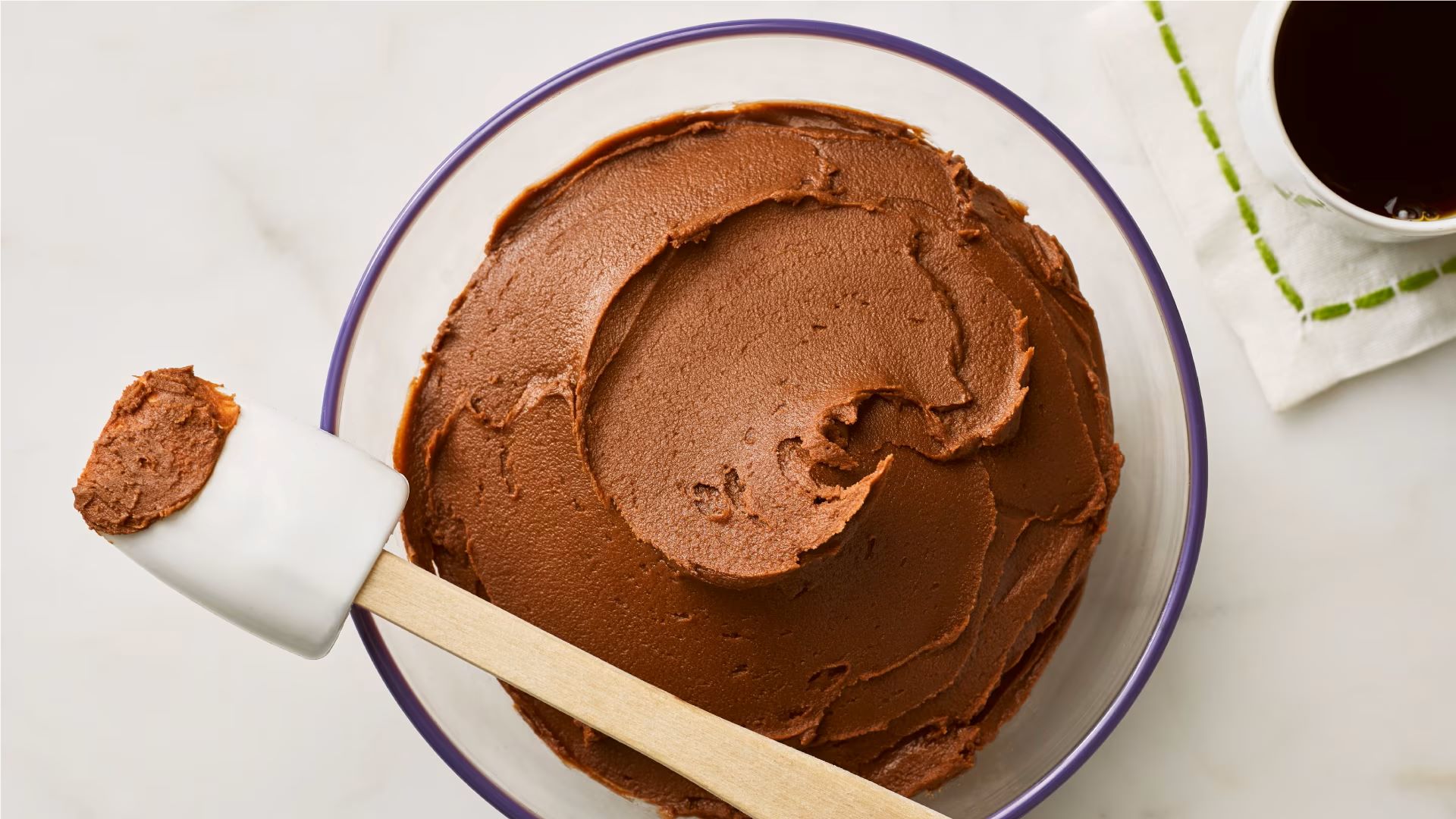
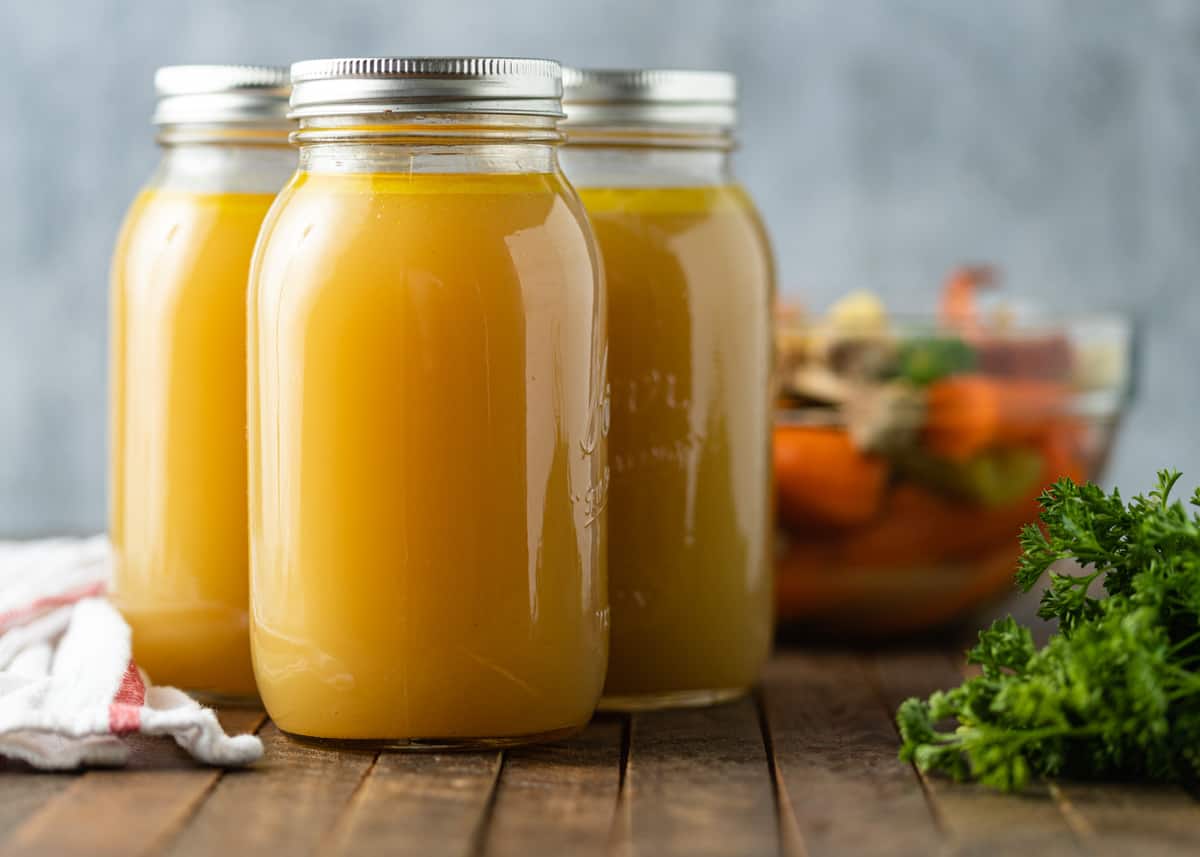
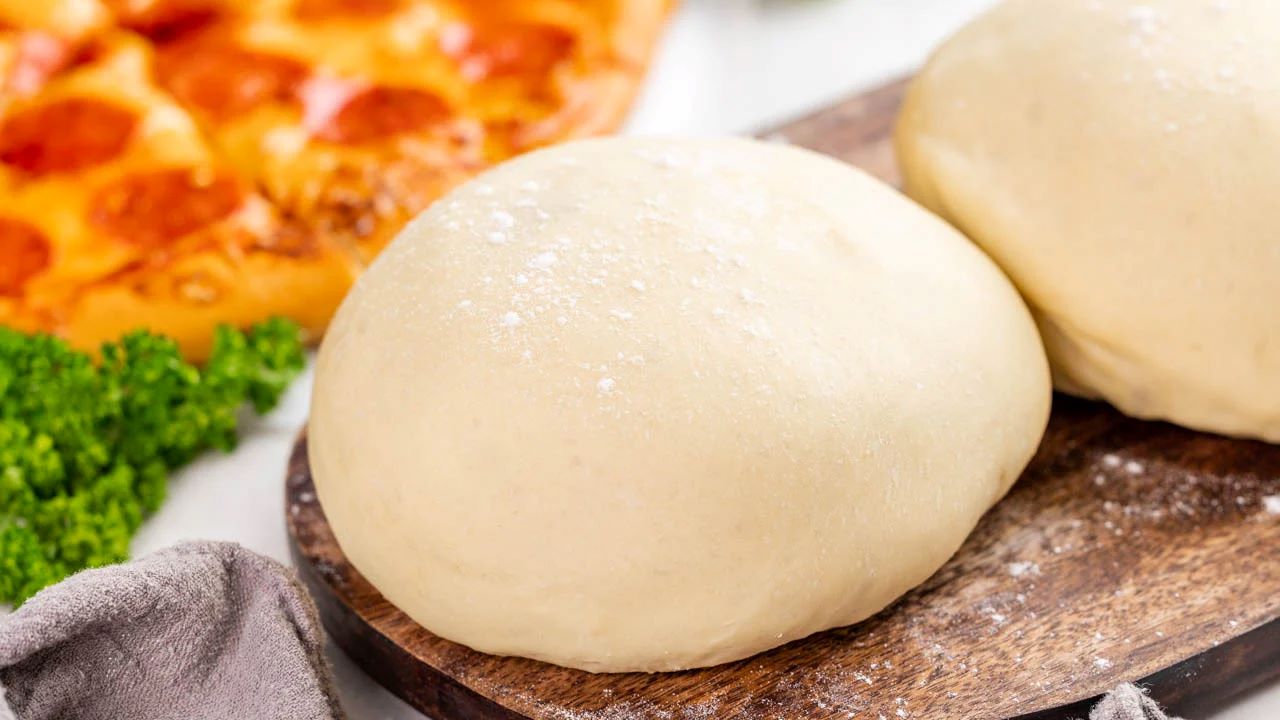
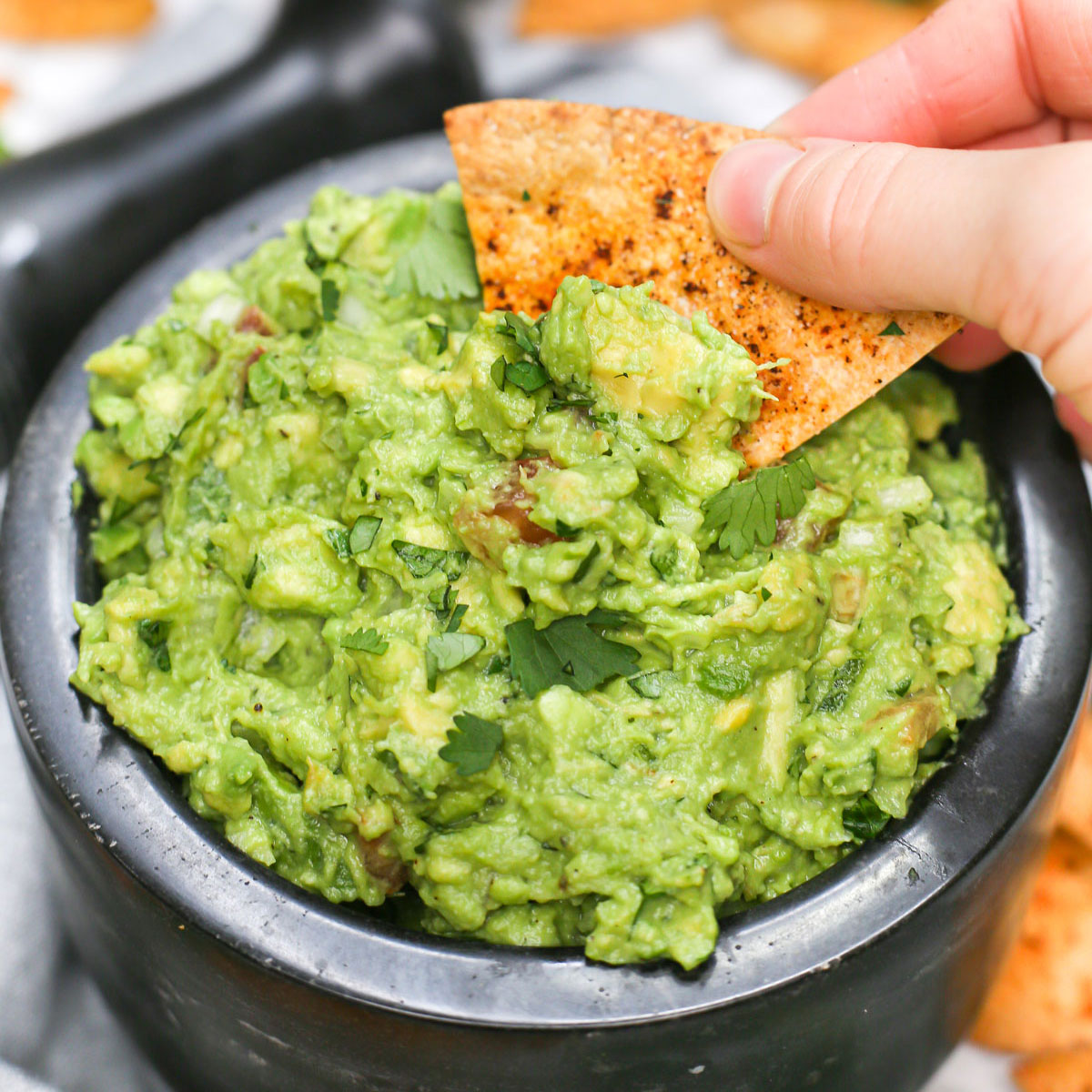
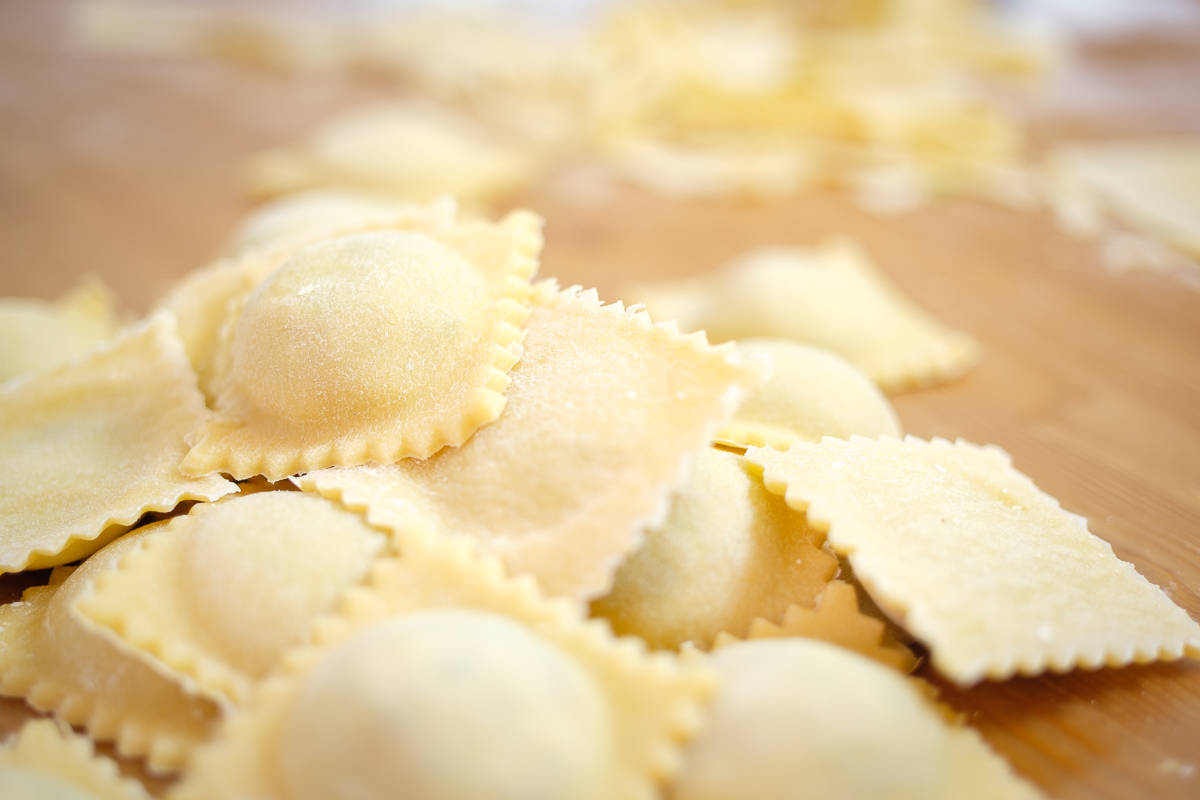
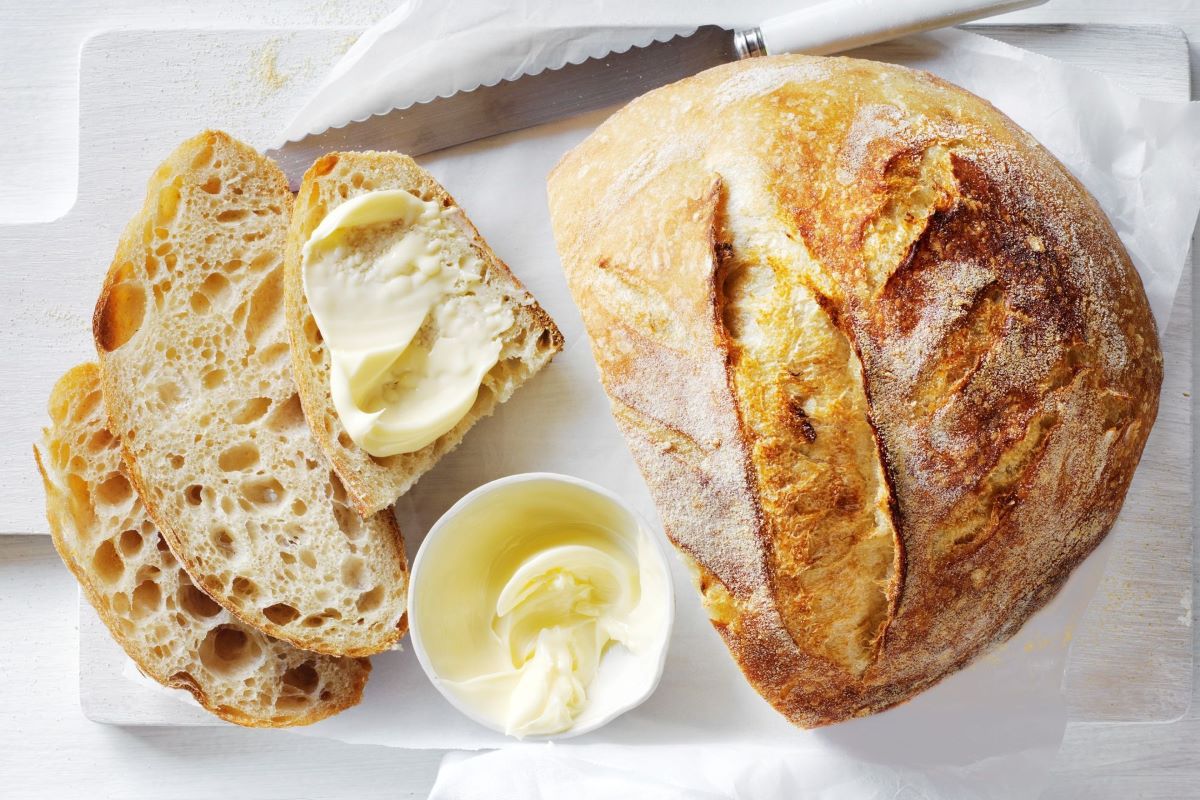
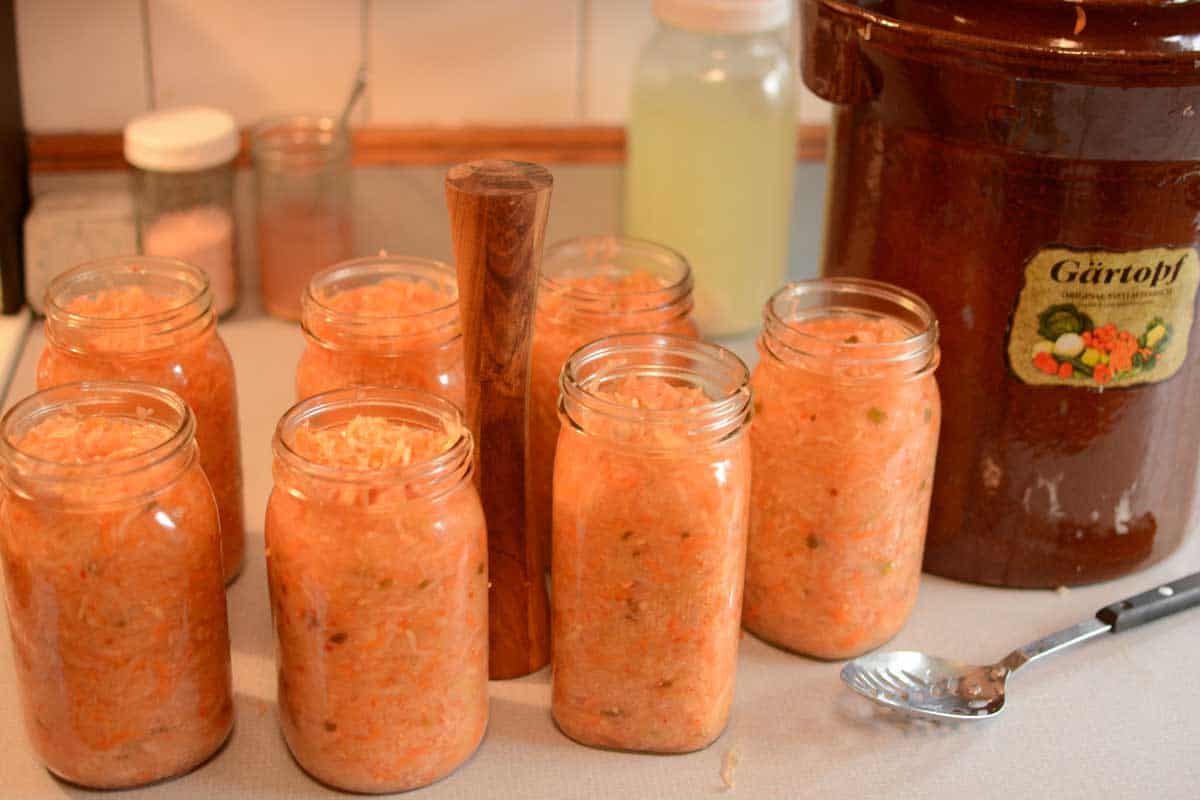
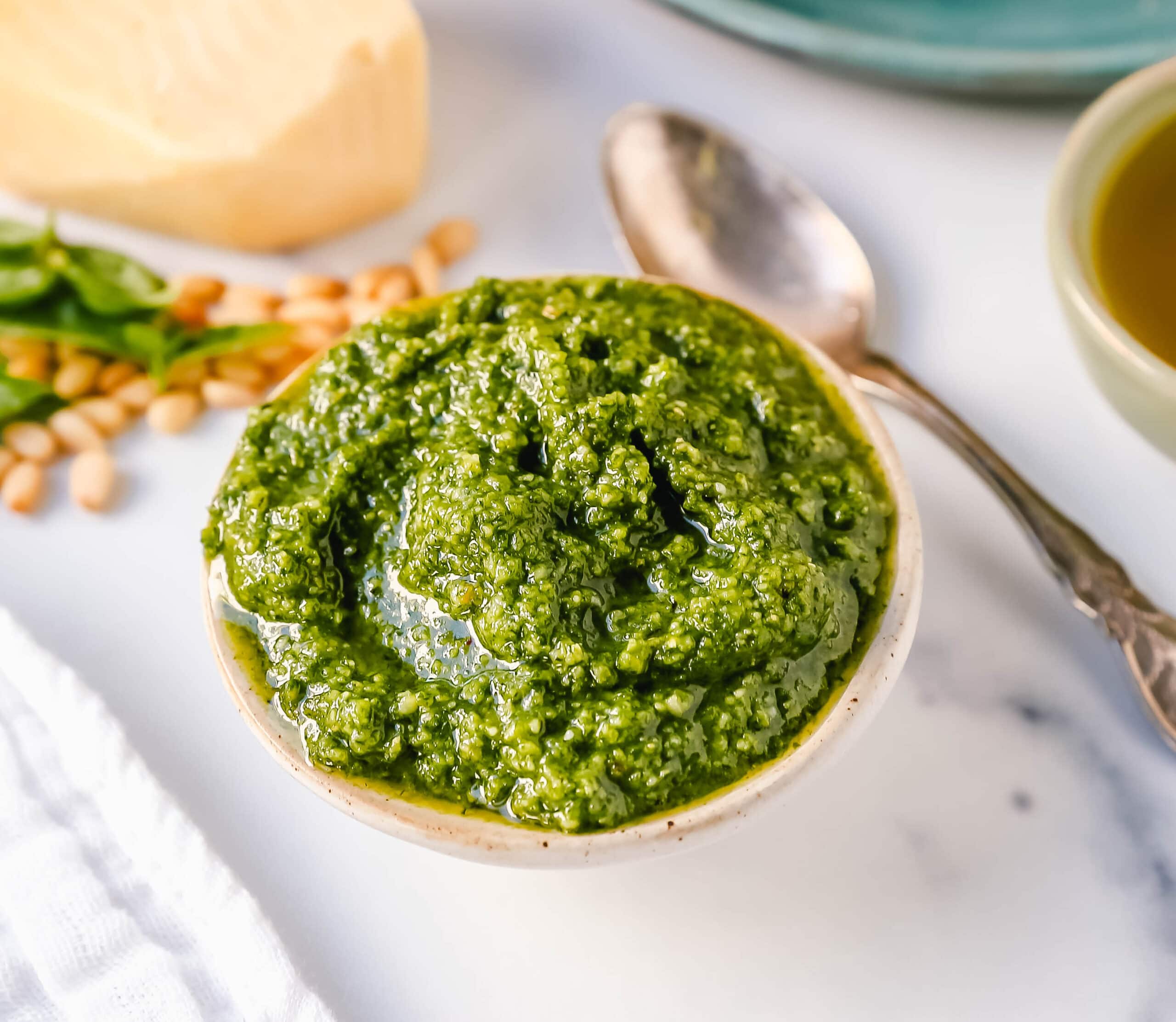
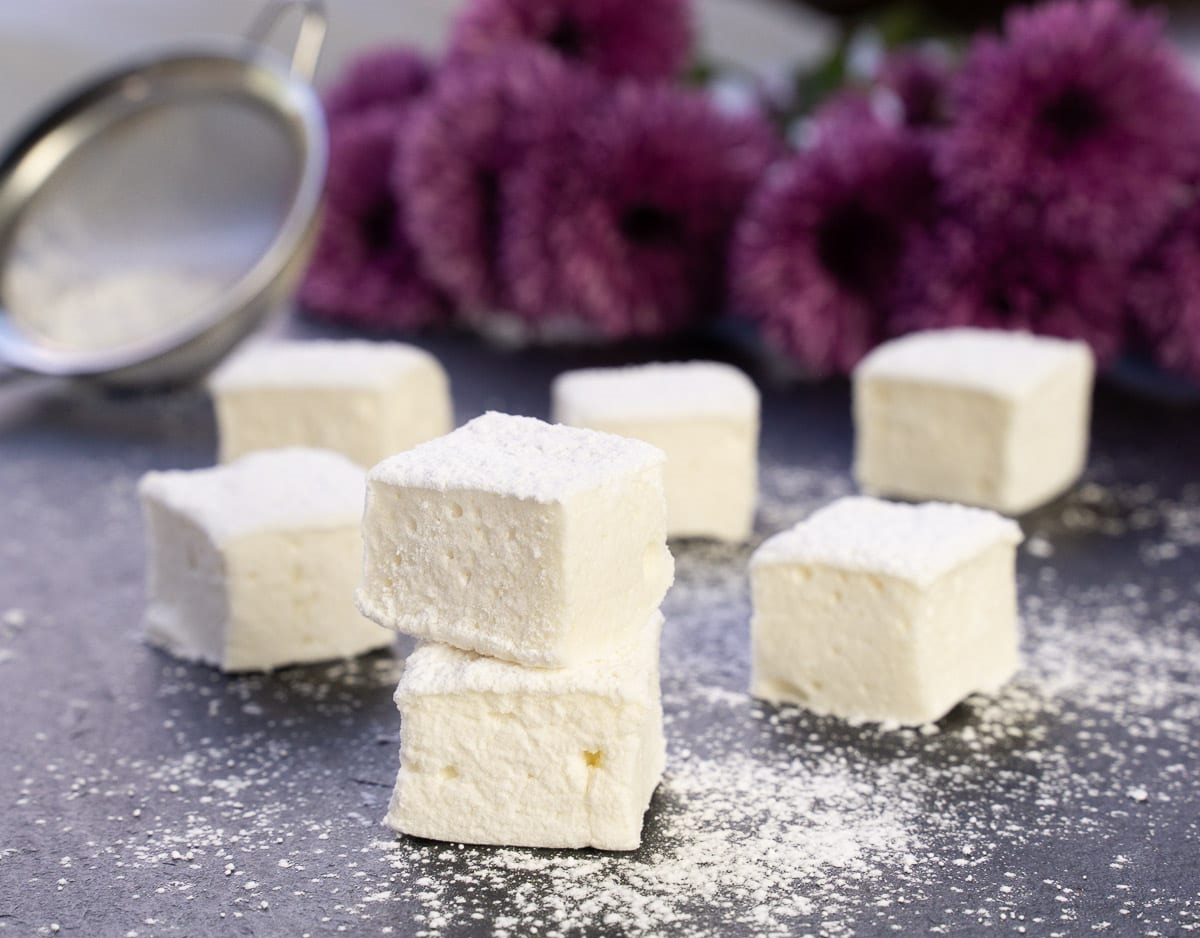
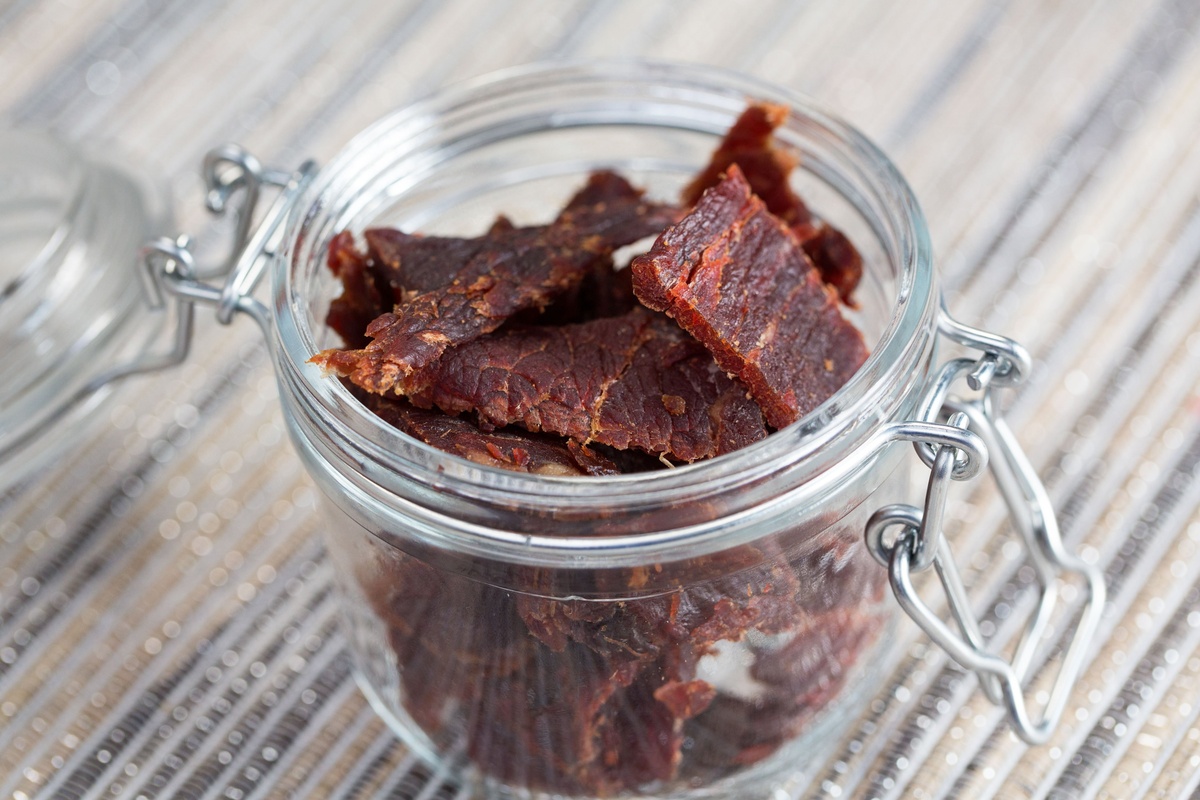
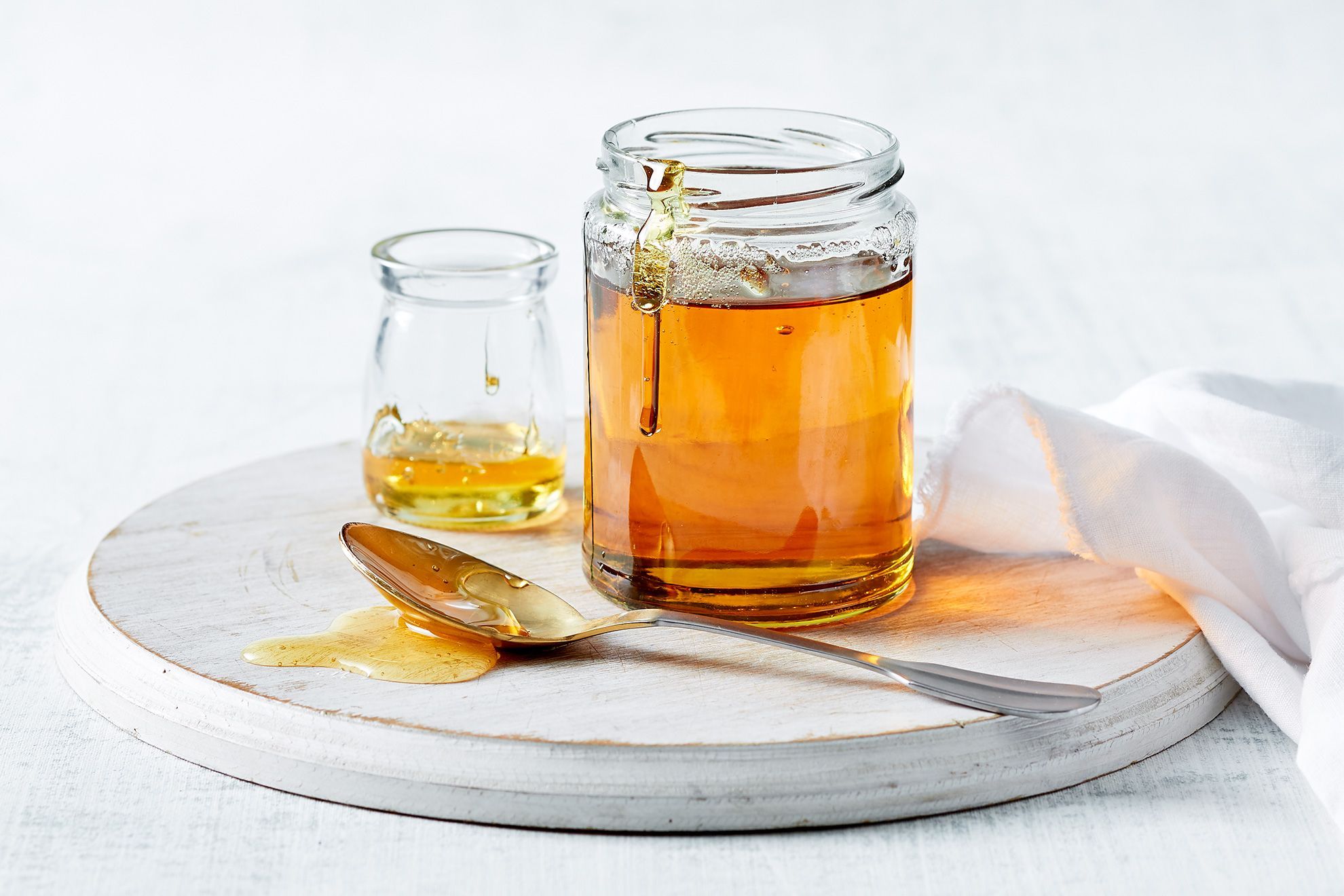

0 thoughts on “How To Store Homemade Vinaigrette”